How Catnip Benefits Your Feline Friend: A Complete Guide
Introduction
Catnip (Nepeta cataria) is a member of the mint family known for its euphoric effect on many domestic cats. Often sold as dried leaves, sprays, or infused into toys, catnip can instantly captivate your feline friend. This guide explores the science behind catnip, its benefits, proper usage, and safety considerations—ensuring you can enrich your cat’s life responsibly and effectively.
What Is Catnip?
Catnip is a perennial herb native to Europe and Asia. Its active compound, nepetalactone, binds to receptors in a cat’s olfactory system, triggering behavioral and neurological reactions. While not all cats are affected—around 70–80% are sensitive—those that are typically exhibit behaviors such as rolling, rubbing, purring, and short bursts of playfulness. Unlike intoxicants, catnip is non-addictive and its effects usually last between 5 to 15 minutes before cats lose interest.
How Catnip Works
Olfactory Stimulation:
When cats smell nepetalactone, it attaches to receptors in their nasal tissue, stimulating sensory neurons that lead to behavioral changes. The reaction is inherited genetically; kittens under six months generally do not respond until their sensitivity develops.
Neurological Response:
Nepetalactone affects the amygdala and hypothalamus—brain regions associated with emotions. Positive endorphins are released, creating a temporary feeling of euphoria or deep relaxation. Once nepetalactone wears off, cats typically become temporarily immune to its effects for about 30 minutes.
Benefits of Catnip for Your Cat
1. Behavioral Enrichment
Stimulates Play:
Catnip can encourage full-body exercise, especially in indoor cats. Tossing a catnip-infused toy stimulates running, jumping, and pouncing—promoting lean muscle development and cardiovascular health.
Encourages Exploration:
By scattering dried catnip in hiding spots or around scratching posts, you motivate your cat to investigate and interact with its environment, alleviating boredom and reducing destructive behaviors.
2. Mental and Emotional Well-Being
Stress Relief:
In anxious or shy cats, catnip can have a calming effect. Offering catnip before introducing new furniture, visitors, or during travel can reduce stress-related behaviors such as excessive grooming or hiding.
Mood Enhancer:
For cats recovering from illness or surgery, a small dose of catnip can provide a mood boost, encouraging them to be more active and eat normally—supporting quicker recovery and maintaining healthy routines.
3. Aid in Training and Behavior Modification
Scratching Post Training:
Rubbing catnip on new scratching posts directs cats toward appropriate surfaces, protecting your furniture while reinforcing positive scratching behavior.
Litter Box Encouragement:
For kittens or cats hesitant to use their litter box, lightly sprinkling catnip around the litter can prompt investigation and increase familiarity with the box, easing litter training.
4. Strengthening the Human–Cat Bond
How to Safely Administer Catnip
Forms of Catnip
Dried Leaves:
Available by weight in small bags. Ideal for sprinkling on scratching posts or scatter toys.
Catnip-Infused Toys:
Soft toys preloaded with catnip that retain scent longer. Perfect for independent play or bonding sessions.
Catnip Sprays:
An alcohol-based mist of nepetalactone. Convenient for hard-to-reach areas (e.g., inside hiding houses or on vertical scratching pads).
Dosage and Frequency
Moderation Is Key:
Offer catnip no more than 2–3 times per week to prevent desensitization. Overexposure can lead to diminished response; once tolerance builds, cats tend to ignore catnip for longer periods.
Monitoring Reactions:
Observe your cat’s behavior during the first few exposures. While most cats react positively, a small percentage may become overly hyperactive or, conversely, unusually lethargic. Adjust use accordingly—if your cat appears stressed or aggressive, discontinue use and consult a veterinarian.
Best Practices
Introduce Gradually:
Begin with a small pinch of dried catnip on the floor to gauge your cat’s reaction. Increase only if your cat shows positive interest.
Rotate Toys:
Store catnip toys in an airtight container when not in use. Rotating between catnip and non-catnip toys will maximize novelty and maintain interest.
Supervised Catnip Sessions:
Especially for the first few experiences, watch your cat to prevent accidental ingestion of excessive dried leaves. Supervision ensures immediate intervention if any negative reaction arises.
Safety Considerations
Avoid Ingestion Risks:
While occasional nibbling on catnip is safe, ingesting large quantities can cause mild gastrointestinal upset (vomiting or diarrhea). If your cat vomits repeatedly or has diarrhea, discontinue catnip and consult a veterinarian.
Check for Pesticide Residue:
Only purchase organic or veterinarian-approved catnip to minimize exposure to harmful chemicals.
Introduce to Cats with Respiratory Issues Cautiously:
Cats with asthma or chronic respiratory conditions might experience sneezing or coughing if catnip dust is inhaled heavily. In these cases, catnip sprays are gentler than dried leaves.
Frequently Asked Questions
Q1: At what age do kittens respond to catnip?
Most kittens begin responding to catnip around six to eight months of age, once genetic sensitivity develops. Prior to that age, catnip has little to no effect.
Q2: Why does my cat not react to catnip?
Approximately 20–30% of cats lack the genetic sensitivity to nepetalactone. Breeds like Bengals and Siamese sometimes exhibit a lower response rate. If your cat consistently ignores catnip, consider alternatives like silvervine or valerian root as enrichment options.
Q3: Can other felines (e.g., big cats) enjoy catnip?
Yes. Studies and zoo observations show lions, tigers, and leopards often respond to catnip similarly to housecats—rolling and playful rumbles. However, never give wild or exotic cats uncontrolled access without professional supervision.
Q4: How long does the effect last?
Typical catnip effects last between 5 and 15 minutes. After this “high,” cats usually enter a refractory period of 20–30 minutes during which further exposure produces no reaction.
Q5: Are there long-term health risks?
No significant long-term risks have been documented. When used in moderation and with proper product quality, catnip is safe for most cats. Always consult your veterinarian if you notice unusual behavior or health changes following catnip use.
Conclusion
Catnip is a versatile and safe enrichment tool that offers cats mental stimulation, stress relief, and a source of fun. By understanding how catnip works, observing your cat’s unique reaction, and following best practices for administration, you can harness catnip’s benefits to enhance your feline friend’s quality of life. Remember to use catnip sparingly, rotate enrichment items, and consult your veterinarian if any concerns arise. Embrace catnip as one of many tools in your cat-care arsenal—your cat will thank you with purrs, playful antics, and a healthier, happier disposition.
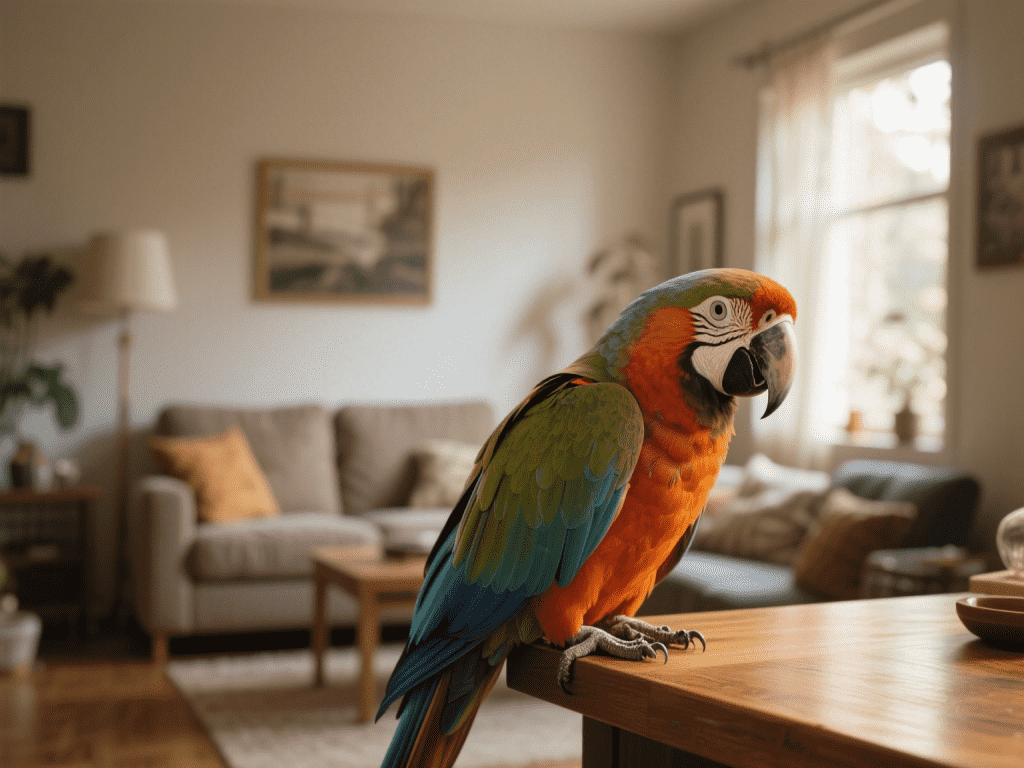
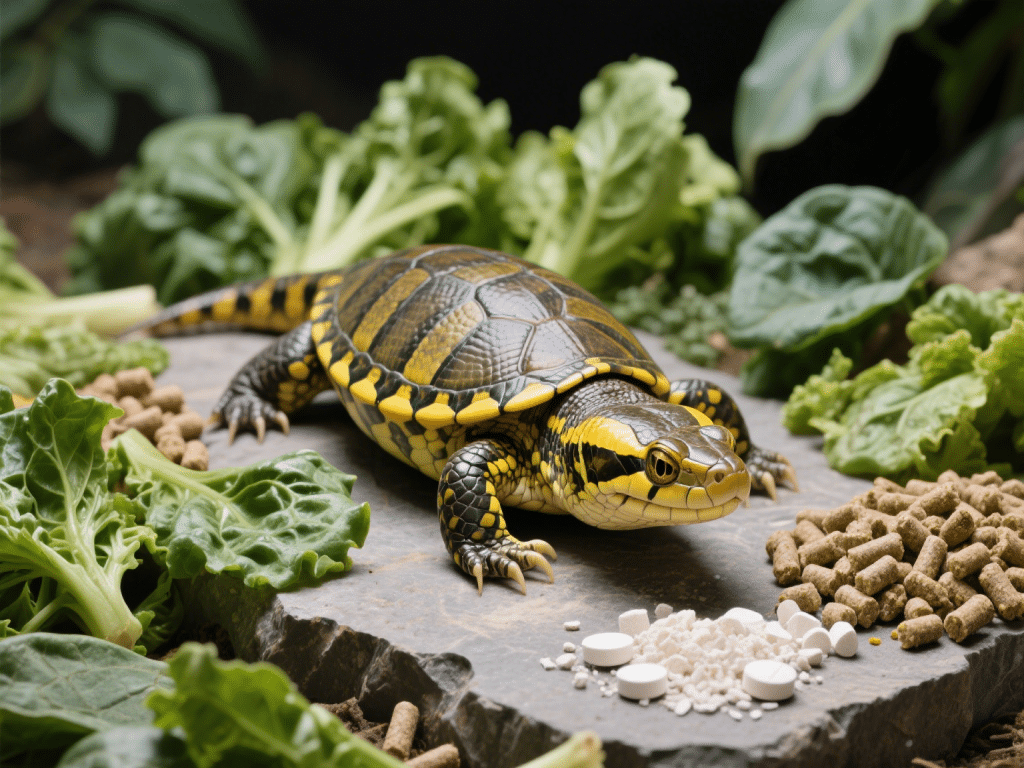

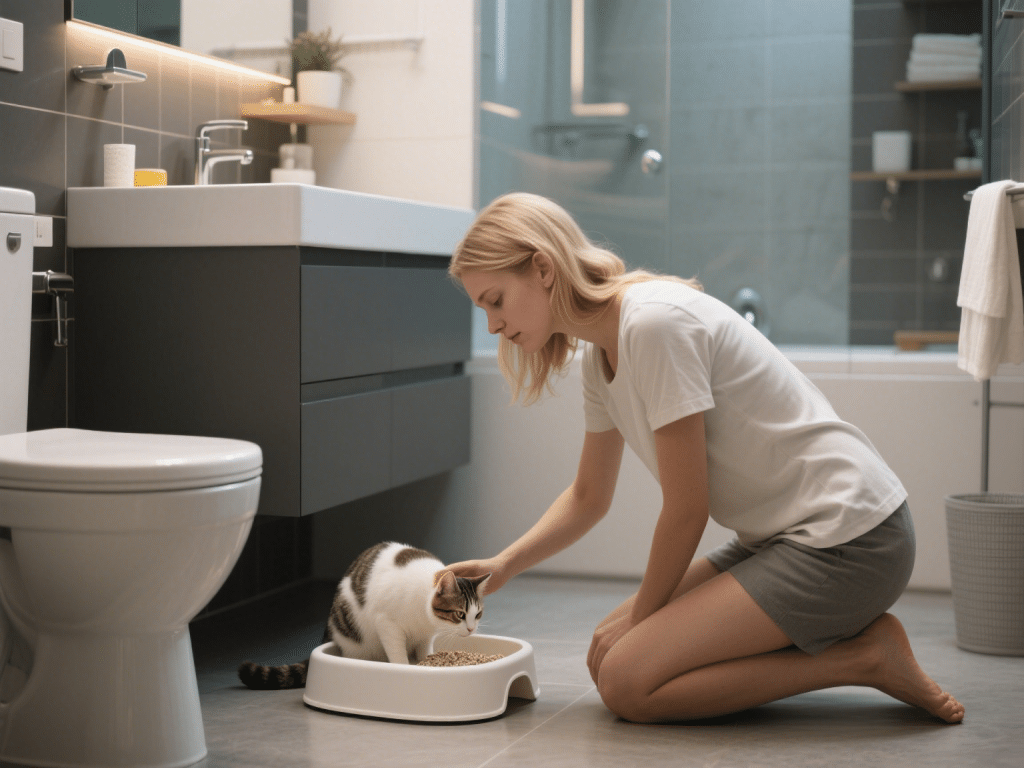
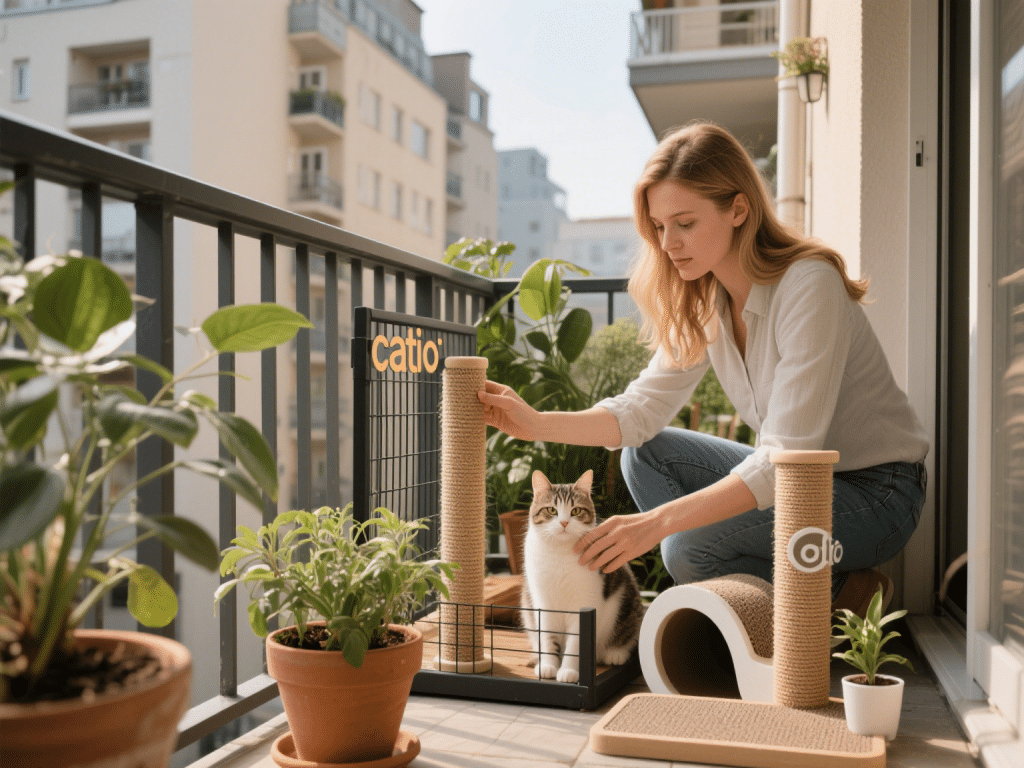

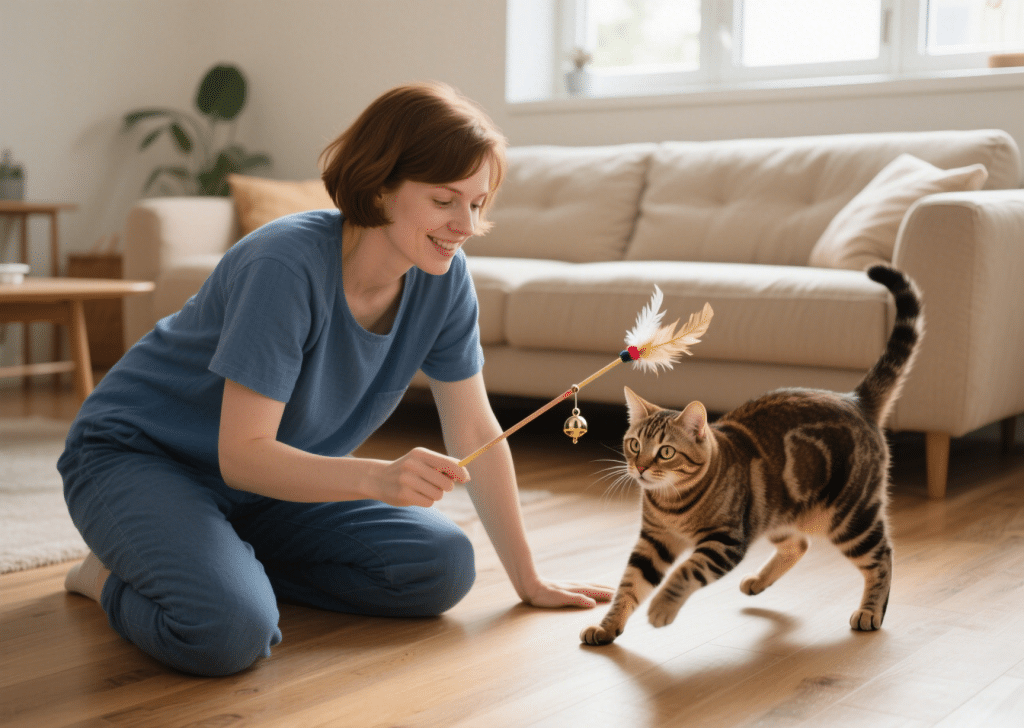


Comments on "How Catnip Benefits Your Feline Friend: A Complete Guide" :